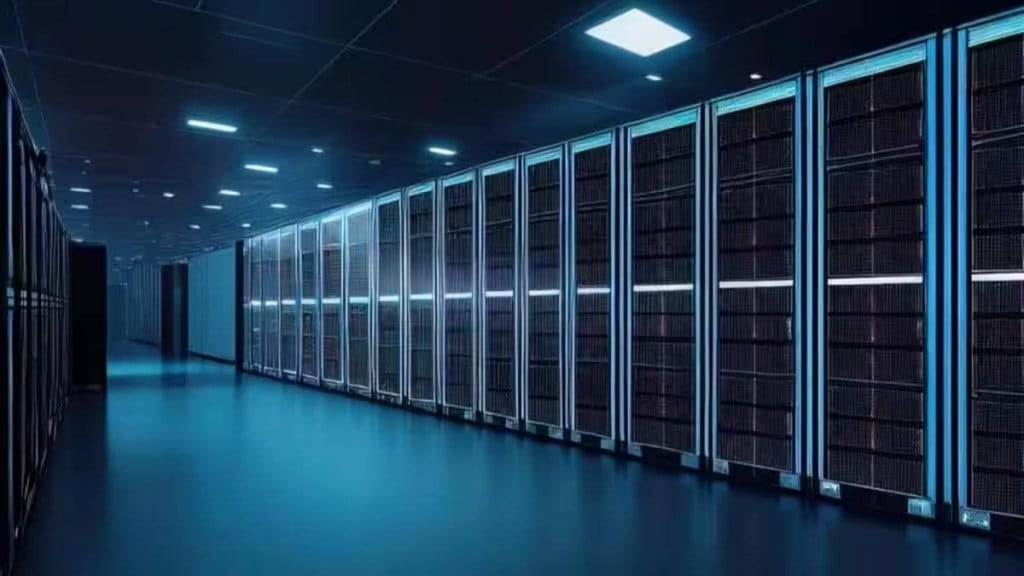The government’s Rs 10,000-crore AI mission, will build a network of data centres, providing high computing facilities, which will be provided on lease to industry players to train and develop their models.
While the Union Cabinet had approved the AI mission in March, the rules relating to its implementation will be drawn up after a new government assumes office in June.
Officials said that AI data centres will consist of high-performance systems such as graphic processing units (GPUs), storage systems, network infrastructure, and other specialised hardware accelerators.
Private sector majors as well as startups can use these data centres to test or run their large language models (LLMs) for their AI offerings. Academia, and researchers can also use these facilities. The duration of the lease and charges will be fixed by the government.
The plan being worked out is very similar to the voucher model in China, where the government gives vouchers to startups at subsidised cost to use state-owned compute infrastructure.
Initially, the government will source the GPUs from companies like Nvidia, but later the plan is to manufacture these in the country with the help of global companies making such AI chipsets, officials said.
The AI data centres will help AI startups reduce computing costs by around 40-50%, officials said. This is because currently an Nvidia GPU costs about $40,000-$50,000 a unit. Even for running basic tasks, an AI company requires at least 100 GPUs and the cost for directly acquiring that for startups will be significant, analysts said.
Graphics processing units are essential for creating AI models as these require large-scale computing. Central processing units (CPUs) are not able to do such large-scale computing.
At present, the US and China lead in computing infrastructure required for the development of AI technology. US-based Nvidia dominates the GPU market with about 88% market share and there is a lag of 12-18 months in getting GPUs from the company due to its high demand across the globe.
Currently, beyond Nvidia there are several other global firms making GPUs, but their processing capacity is around 60% of Nvidia’s. Analysts said the government can target those companies to set up their units here.
The AI mission basically pertains to bringing AI compute capacity under public-private-partnership (PPP) mode through GPU-based servers, allocating early stage funding to deeptech startups, setting up of innovation centres, and developing broader AI sovereign infrastructure in the country.
The programme also includes creating India AI datasets platform that will have the largest collection of anonymised data to drive innovation and enhance capabilities of AI applications. The approved corpus will also be utilised to promote development of AI applications in critical sectors as well as increase AI courses in colleges and universities for skill development. It also includes investment in development of indigenous foundational models as well as focusing on indigenous tools for safe, trusted and ethical AI development and deployment.
With sovereign AI and an AI compute infrastructure, the government is not looking to just compete with the generative AI type of model, but looking to focus on real-life use cases in healthcare, agriculture, governance, language translation, etc, to maximise economic development.








